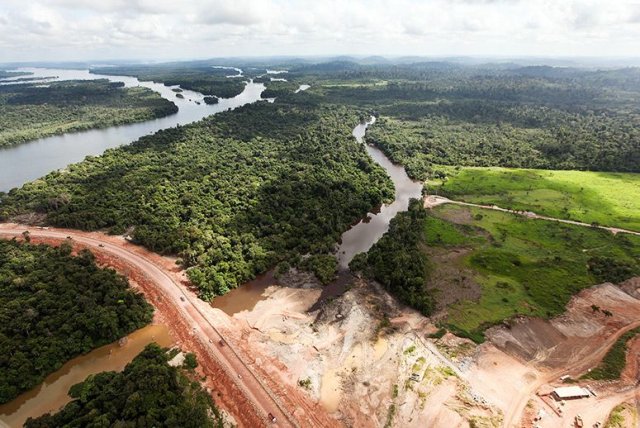
One-tenth of the Earth's wilderness has disappeared since the 1990s, according to a new study published in the journal Current Biology.
Over the past 20 years, wilderness areas equal to half the size of Australia have been lost. Researchers say the loss highlights the need for global agreements to protect remaining areas unaffected by human activities.
The researchers define wilderness as an area free from significant human disturbance such as urbanisation, agriculture, mining and logging. They compared the global footprint of humans as it was in 1993 with the situation in 2016.
Currently about 23% of the world's land area is made up of wilderness. Most of this wilderness is in North Asia, North Africa, Australia and the northern parts of Canada. South America has experienced the greatest loss, with a 30% decrease since the 1990s, and Africa with 14%.
Co-author Associate Professor James Watson, an ecologist from the University of Queensland, said: "We found that over 3 million square kilometres of wilderness has been lost globally. That's a catastrophic loss of wilderness.
"Globally important wilderness areas — despite being strongholds for endangered biodiversity, for buffering and regulating local climates, and for supporting many of the world's most politically and economically marginalised communities — are completely ignored in environmental policy."
The study reports that nearly 80% of the remaining wilderness is made up of large chunks of land, increasing the chances of survival for animals living there. However, Watson said, leaders will need to act fast to protect this remaining wilderness.
Like the article? Subscribe to Green Left now! You can also like us on Facebook and follow us on Twitter.